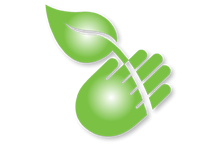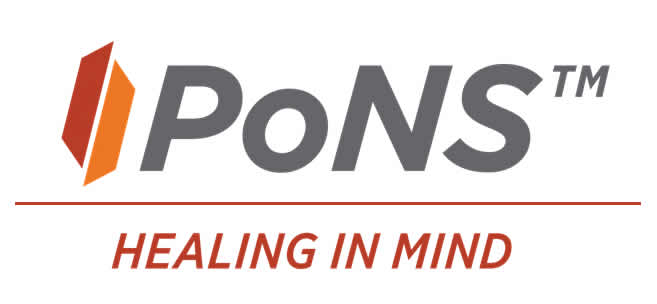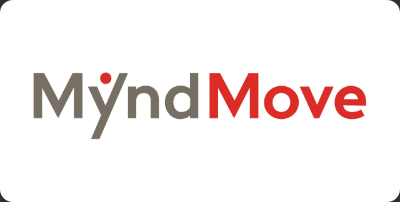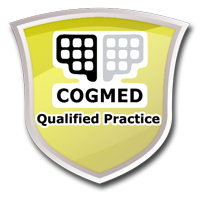Constraint Induced Movement Therapy
Constraint induced Movement Therapy (CIMT) is an evidence based treatment for people with neurological conditions such as stroke, traumatic brain injury or multiple sclerosis.
CIMT is an intensive 2-week therapy program (10 sessions) to increase the use of the more affected limbs. Each therapy session lasts 3 hours with a CIMT trained therapist and follows the protocols as developed by Dr. Taub at the University of Alabama in Birmingham (UAB) and as taught by UAB’s Constraint Induced Therapy Training Course.
| CIMT | Upper Extremity Program | Lower Extremity Program |
| Program Requirements | Chronic phase of recovery | |
| Certain active movements of the arm and hand are required | Certain active leg movements and walking abilities are required | |
| Eligibility is determined through a screening process | ||
| Medical clearance is required prior to starting the program. CIMT is intensive, with 3-hour sessions, 5 times per week over 2-weeks | ||
| Includes home practice activities outside of clinic sessions. Some fatigue and frustration may occur at the beginning of the program. Hard work and dedication are necessary due to program intensity | ||
| Program Components | Repetitive task-oriented training | |
| Adherence-enhancing behavioural strategies | ||
| Constraining limb use for the less affected hand.
A constraining mitt is worn on the stronger, less affected hand for 90% of waking hours to reinforce using the affected hand and arm |
Forced limb use for the affected leg.
No constraining device is used. Forced use practice of specific activities reinforces more use with better movement patterns for the affected leg |
|
| Expected Outcomes | More functional use
Increased muscle strength Better coordination & fine motor skills Improved abilities, with less effort, for daily activities like dressing, bathing or eating |
Improved functional use
Increased muscle strength Better coordination and movement patterns Improved abilities and endurance for daily activities like standing, walking or climbing stairs |
| These are fee for service programs | ||
Additional CIMT Background
CIMT is derived from behavioral neuroscience research and is based on the theory of learned non-use (for the affected arm), learned misuse (for the affected leg) and use-dependent cortical reorganization.
Learned non-use occurs when a person performs activities primarily with their better functioning arm. The affected or more affected arm and hand is not used even when some use is possible.
Learned misuse occurs when a person performs activities such as standing or walking at an early stage of recovery, using poor coordination patterns that are repeated and overlearned and become persistent.
During CIMT, concentrated practice with the more affected limb is associated with rewiring in the brain known as use-dependent cortical reorganization.
For more information on CIMT, please call our business office:
Inter-Action Rehabilitation Inc.
Phone: 416-445-5125
Toll Free: 1-800-216-0488




